Frugal Gourmet: Make And Preserve Lobster Bisque From Shells
Views: 290
Lobster bisque is the epitome of elegance, but did you know you can create this luxurious dish using leftover lobster shells? That’s right—we’re making gourmet frugal! By transforming shells into a velvety lobster bisque from shells, you’re not just saving money, but you’re also unlocking deep, rich flavors that make your bisque unforgettable. In this post we’ll guide you through the lobster bisque ingredients, the secret of making a perfect lobster bisque broth, the alcohol to use to achieve a special touch of sophistication. Last by not least, we’ll share with you how to store and reheat your bisque so you can always add a touch of sophistication your most humdrum days.
The French Roots of Lobster Bisque: Making the Most of Lobster Shells
While it is tempting to take credit for the “lobster bisque from lobster shells” idea, we can’t claim that title rights. The concept actually has its roots in French cuisine, where chefs traditionally used every part of the crustacean to minimize waste. The term “bisque” comes from the French phrase “bis cuites,” which means “twice cooked.” This refers to the process of roasting the lobster shells to extract as much flavor as possible before turning them into a rich broth.
Pro Tips for the Best Lobster Broth
Making the best lobster broth is a culinary art rooted in traditional French cuisine, where every part of the lobster is used to bring out deep, complex flavors. In the past, French folks manually crushed the lobster shells to help extract their full essence before simmering them into a rich broth. Today, we simplify this process by using a blender or food processor to crush the shells quickly and easily.
To create the perfect lobster broth, follow this simple ratio: use 4 1/4 cups of fresh water for the shells from every two lobsters. This balance of lobster shells to water ensures the flavors are just right, giving you a rich, well-rounded broth base for your lobster bisque from shells. After simmering the shells and other aromatics for 30 minutes, remember to strain the broth through a fine wire mesh colander. This step is a must to make a shell-free broth base for your bisque.
Choosing the Right Lobster for Your Bisque (And Substitutes)
When making the perfect lobster bisque, selecting the right type of lobster is important for achieving the best flavor and texture. Cold-water lobsters, such as those found in the Atlantic, are often favored for their sweeter, more tender meat, making them ideal for a luxurious bisque. These lobsters include varieties like the American lobster, known for their delicate, succulent meat.
Warm-water lobsters, typically sourced from tropical regions, have a firmer, coarser texture and a slightly different flavor profile. While they can still be used in bisque, the resulting soup may have a less refined taste compared to that made with cold-water lobsters.
For those looking for alternatives, freshwater lobsters, or crayfish, can serve as a substitute. While not traditionally used in lobster bisque, they offer a unique perspective on the classic recipe. Each type of lobster brings its own distinct characteristics to the bisque, but if you’re aiming for the gold standard, cold-water lobsters are the way to go.
Alcohol options to consider for lobster bisque
When making lobster bisque, sherry is our go-to choice. It adds depth and richness to the dish while enhancing its creamy texture with a hint of sweetness. However, if you don’t have sherry on hand or want to try something different, there are several other options to consider.
For starters, white wine is a popular alcohol ingredient used in a number of lobster bisque recipes. White wine offers a lighter, slightly tangy flavor that can brighten any lobster soup. On the other hand, you might want to consider the traditional French option: cognac. This choice will bring a robust, sophisticated aroma and a touch of caramelized sweetness to your lobster bisque.
In some lobster soup recipes, combining two types of alcohol is recommended. You could mix cognac with sherry or pair sherry with white wine to create a unique flavor profile.
Methods to Thicken Lobster Bisque
If you’ve ever tried lobster bisque at a restaurant, you know it has that creamy, dreamily thick texture. But, if you’ve made lobster broth yourself, you might have noticed that it starts out pretty thin. So, how do you turn that thin broth into the rich, velvety bisque you love? Don’t worry—we’ve got a few solutions for you.
First, there’s the traditional method: making a roux. To do this, you cook flour and butter together until it forms a paste, then stir it into the bisque. This will help thicken the soup and give it that smooth texture. Alternatively, you can use cornstarch or a gluten-free thickener. Simply mix it with a little cold water to create a slurry, and then stir it into your simmering bisque for a quick and easy thickening option.
How to Make Lobster Bisque Step by Step Illustrations:


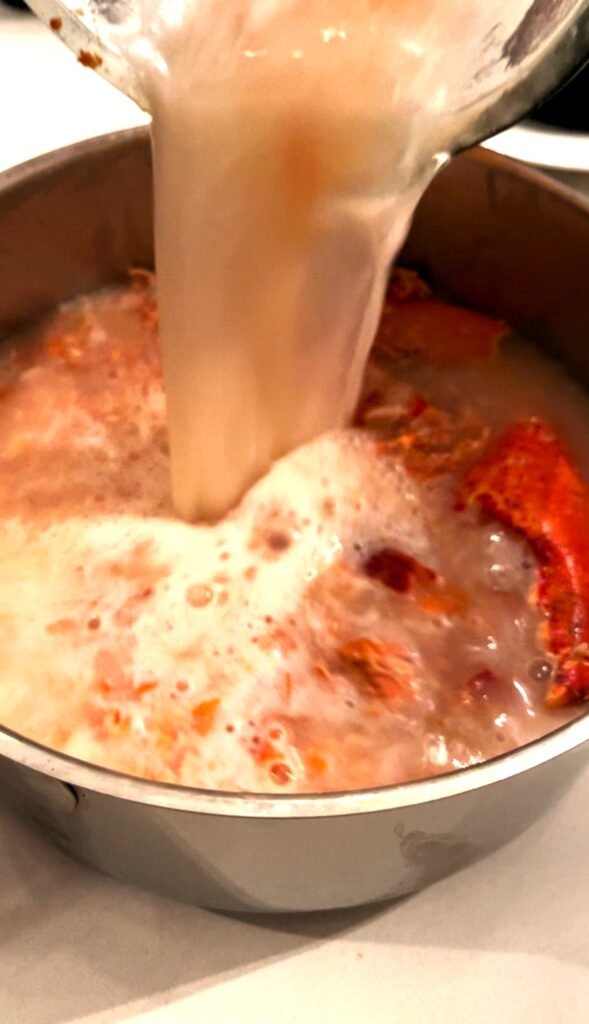


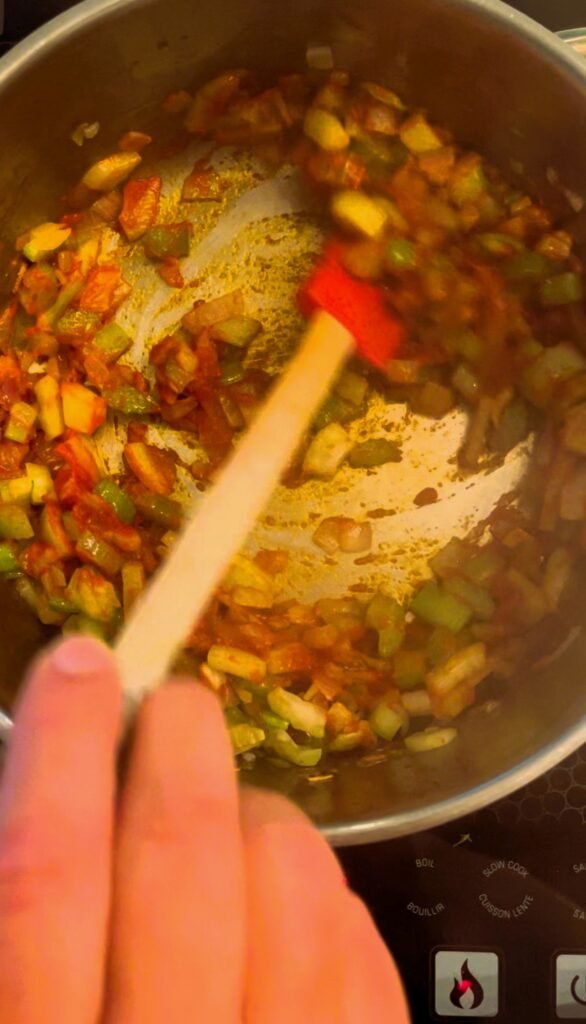
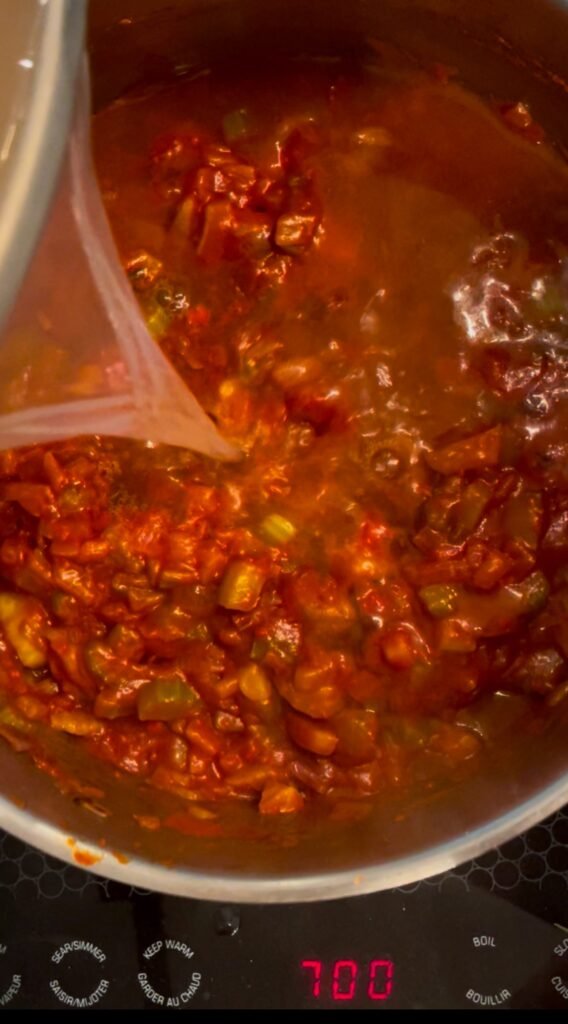

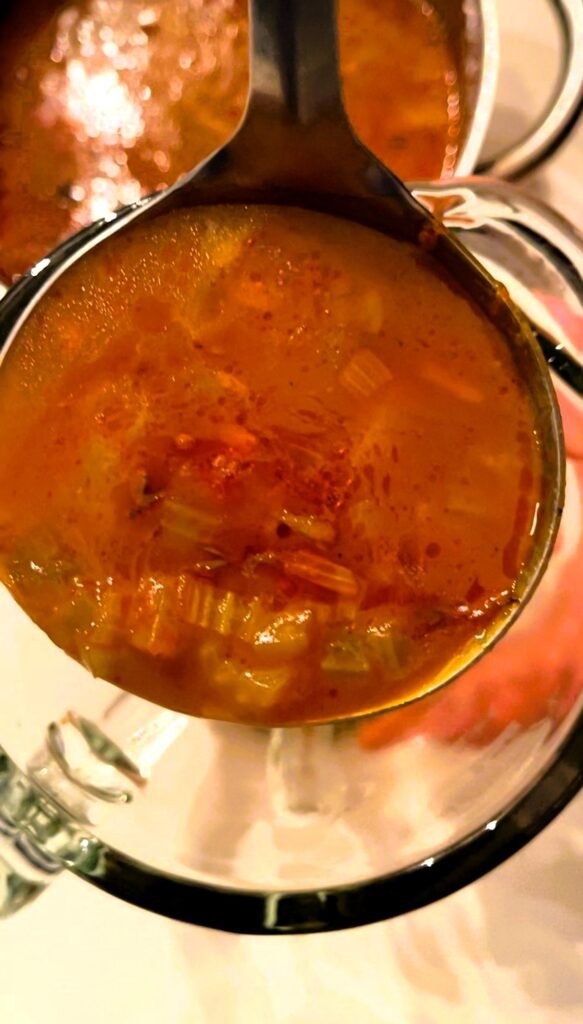



Lobster Bisque Recipe
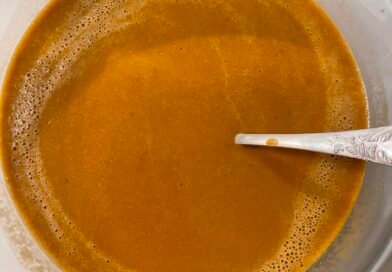
Ingredients
- Shells of 2 medium-sized lobsters - carcass and head removed
- 4 1/4 cups water
- 1/3 cup butter
- 1 cup diced shallots
- 1/3 cup diced fennel
- 1/3 cup diced celery
- 2 sprigs of thyme - leaves only
- 1/3 cup tomato paste
- 1/4 cup all-purpose flour
- 1/3 cup sherry
- 1/3 cup lobster meat - optional
- 1/2 cup 120 ml heavy cream
- Salt and freshly cracked pepper - to taste
Instructions
Make Lobster Bisque Broth:
- Start by crushing the lobster shells to release their flavor. Use food processor or blender.
- In a large pot, combine the crushed shells with 4 1/4 cups of water.
- Bring it to a boil, then lower the heat and let it simmer for about 30 minutes to extract the flavor.
- Once done, strain the broth through a fine mesh strainer to remove the shells. Set the lobster stock aside.
Prepare the Vegetable Base:
- In the same pot, melt the butter over medium heat.
- Add the diced shallots, fennel, and celery. Sauté for 5-7 minutes until the vegetables soften and turn translucent.
- Stir in the thyme leaves and mix everything together.
- Add the tomato paste and cook for 2-3 minutes, letting it darken to a brick-red color.
- Sprinkle the flour over the vegetable mixture and cook for 1-2 minutes to create a roux. Stir constantly to avoid burning.
Cook the Lobster Bisque:
- Pour in the sherry and stir to deglaze the pot, scraping up any flavorful bits stuck to the bottom.
- Gradually add the lobster stock you made earlier, stirring to combine.
- Bring the mixture to a simmer and cook for 20 minutes to allow the flavors to meld together.
Blend It Smooth and Freeze:
- Use an immersion blender to puree the soup until smooth and creamy. (If using a countertop blender, blend in batches and be careful with the hot liquid.)
- If you want to add lobster meat, stir it in now.
- If you plan to freeze some of the bisque, do not add cream to that portion yet. Add cream only to the part you plan to eat now.
- Let the soup simmer for an additional 5 minutes. Allow it to cool completely before portioning into airtight containers for freezing
Defrost and Serve:
- When you are ready to enjoy the bisque, defrost it overnight in the refrigerator.
- Add cream and reheat the bisque gently on the stove over low heat.
~
Important note on scaling up the ingredients
Scaling up this lobster bisque recipe is simple. Moreover, we highly recommend making a large batch of this lobster soup so you can enjoy some now and freeze the rest for a convenient, make-ahead meal. The ingredients provided in this recipe are based on the smallest batch you can make. To scale up, follow this simple ratio: use 4 1/4 cups of fresh water for the shells from every two medium-sized lobsters. From there, adjust the rest of the ingredients proportionally to match your batch size.
We can’t wait to learn how this preserve recipe worked out for you. Leave us a comment below, like us on X, Facebook, Pinterest, Instagram and Blue Sky. And remember, sharing is caring!
FAQs About Lobster Bisque
Is lobster bisque gluten free?
Our lobster bisque recipe is not gluten free because it contains flour used as a thickening agent. However, lobster bisque soup can be made gluten-free by substituting the all-purpose flour with a gluten-free alternative like cornstarch or a gluten-free flour blend. This modification ensures the bisque remains creamy and thick without gluten. Additionally, you could also explore using rice flour or potato starch as thickening agents. Both of these are naturally gluten-free and widely used in various cuisines.
How long does lobster bisque last in the freezer and the fridge?
Did you know that lobster soup freezes really well? Our lobster bisque recipe is no exception! However, if you decide to freeze it, we recommend skipping the cream till after you defrost the lobster soup. For shorter storage in the fridge, expect lobster bisque to last for 3-4 days when stored in an airtight container. For longer storage, freeze the bisque for up to 2-3 months.
Freezing and Storage Tips for Lobster Bisque
If you want to make lobster bisque ahead of time, freezing it is a great option. However, there are a few important tips to ensure it freezes and reheats well:
- Skip the Cream When Freezing: If you plan to freeze your lobster bisque, it’s best to leave out the cream. Dairy can sometimes separate or become grainy after freezing. Instead, make the bisque without the cream and freeze it in an airtight container.
- Portion Control: Freeze the soup in individual portions for easy reheating. Freezer safe jars or silicone freezer bags work great.
- Label It: Always label your containers with the date and contents.
- Leave Room for Expansion: Liquid expands when frozen, so don’t fill your containers to the brim.
- Reheating: To begin, defrost the soup in the fridge overnight or use the defrost setting on your microwave. Next, add cream and mix it well with the lobster bisque base. Once done, heat it gently on the stovetop, stirring occasionally to maintain its creamy texture. Avoid boiling as it can affect the texture of the lobster bisque.
Is Lobster Bisque Healthy?
Lobster bisque is a rich, indulgent dish, often high in calories and fat due to the use of cream and butter. However, it’s also rich in protein and essential nutrients from the lobster. For a lighter version, you can substitute the heavy cream with milk or a dairy-free alternative.
Why Is My Lobster Bisque Bitter?
If your lobster bisque tastes bitter, it’s likely because you’re using the entire lobster carcass, including the head and gills. These parts can contribute to a stronger, bitter flavor of your lobster soup. Some bloggers might suggest that the lobster tomalley (the green liver) causes bitterness, but in our experience, that’s not usually the case.
Is lobster bisque served cold or hot?
Lobster bisque is traditionally served hot, showcasing its creamy texture and rich flavors. However, it can also be enjoyed cold as a refreshing summer dish, similar to vichyssoise. Serving it cold can bring out different flavor nuances, making it a versatile dish for various seasons and occasions.
What Goes with Lobster Bisque?
Lobster bisque is rich and flavorful on its own, but pairing it with the right sides can take your meal to the next level.
- Grilled Cheese Sandwich: Our favorite is a classic pairing of a grilled cheese sandwich and lobster bisque. You can even get creative by adding a few pieces of lobster or a sprinkle of herbs to the grilled cheese sandwich if you want to make it extra decadent.
- Lobster Bisque and Steak: If you’re looking for a heartier meal, try pairing lobster bisque with a beef steak.
- Lobster Bisque en Croute: For a fun and elegant twist, serve your lobster bisque in a bread bowl or puff pastry bowl. This method, known as “en croute,” creates a beautiful presentation while enhancing the bisque’s flavor. The crispy, buttery pastry adds texture and richness to the dish, making it a perfect showstopper for special occasions. A bread bowl gives you the added bonus of dipping the soft, warm bread into the bisque.
- Crusty Bread: A warm, crusty baguette or sourdough bread is perfect for dipping into lobster bisque. The chewy texture and slightly tangy flavor of the bread complement the smooth, rich bisque. You can even spread a bit of garlic butter on the bread for a more upscale version of this simple side pairing.
You May also like:
-
Yellowfoot And Golden Chanterelle Mushroom Soup Made Easy
Did the forest or farmers’ market hand you golden or yellowfoot chanterelles? Did you grab them without thinking what comes next? Stop doom-scrolling, and ignore anyone claiming you should brew them with your coffee. The answer is here: make chanterelle soup and preserve it so you can enjoy it for… read more
-
Dried Porcini Mushroom Soup: Rich, Earthy, And Freezer-Friendly
This dried porcini mushroom soup is the perfect intersection of simple cooking and mindful preservation. It’s rich without being heavy, earthy without being overpowering, and endlessly satisfying. It is also perfect for freezing. Whether you’re meal-prepping or enjoying it fresh, this wild mushroom soup does not disappoint read more
-
How To Make, Freeze And Serve Braised Oxtail Ragu
Maybe you’re not hosting a dinner party. Maybe you’re just reheating this on a Tuesday night, wearing sweatpants, using the fancy bowl to feel something. This braised oxtrail ragu is a freezer meal that makes you look like the person who has it all together, even if you absolutely do… read more
-
Modern Ukrainian Borscht: A Healthier Take On the Classic Dish
This borscht is a gift to your future self. It’s easy to make, feeds you for days, and freezes well for when you need it most. Whether you grew up with it or just discovered it, Ukrainian Borscht is a comfort food with staying power, perfect if you like to… read more
-
Cioppino Soup Base: Your Simple Solution For Fancy Quick Meals
Let us tell you something we never thought we’d say: Cioppino is weeknight food now. This classic dish from San Francisco, once reserved for splashy dinners with linen napkins, is now 100% doable any weekday at home. Don’t roll your eyes yet—we’re serious. Read on to find out how. read more
-
Smoked Bone Broth Chicken Broth – Your Kitchen’s Secret Weapon
Made with smoked turkey wings and chicken carcasses, this homemade bone broth chicken broth is best for soups, sauces, and sick days! It is also an ultimate make-ahead kitchen staple. Stash it in your freezer and you’ve got an instant flavor on tap. Seriously, why settle for bouillon cubes when… read more
-
Authentic Ukrainian Cabbage Rolls (Holubtsi) Recipe & More
You may know Ukrainian cabbage rolls as comfort food, but did you know they’re the ultimate make-ahead freezer meal? Holubtsi start out delicious but turn next-level amazing after a night in the fridge or freezer. This guide will teach you to roll, cook, and most importantly reheat them like a… read more
-
How To Make Pelmeni Dumplings: Freezer-Friendly Quick Meals Recipe
Pelmeni are a staple of Siberian cuisine, known for their delicate dough and savory meat filling. Traditionally made in large batches and frozen for convenience, pelmeni dumplings are the perfect freezer-friendly meal. Our pelmeni recipe is a Ukrainian take on this popular dish, combining classic flavors with a few personal… read more
-
What Is, And How To Make And Freeze Manti Dumplings
Spoiler alert: This isn’t about Manti, UT, or Manti the football player. It’s about Manti the food! These Central Asia-inspired juicy, meat-filled steamed dumplings are perfect for making ahead and freezing. So, whether you’re watching Manti the player or living in Manti the town, you’ll never go hungry with these… read more
-
How To Make And Preserve Vegan Roasted Tomato Soup
Still reaching for that can of tomato soup? It’s about time you upgraded to something fresh and delicious! Our roasted tomato soup is packed with fennel, garlic, onion and two other mystery ingredients. It is creamy, vegan, freezer-friendly, and suitable for canning! So, next time you’re craving tomato soup, grab… read more



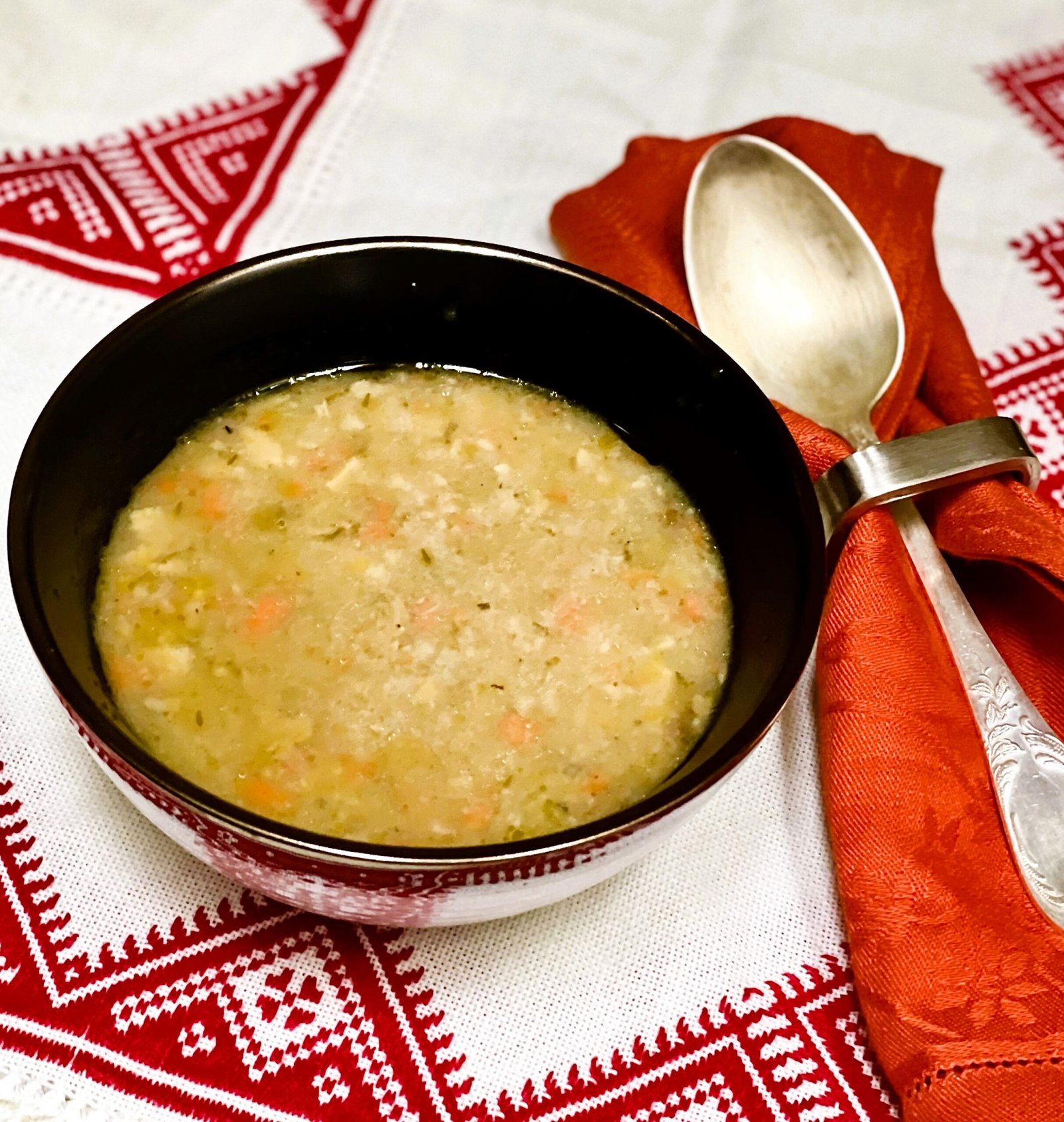
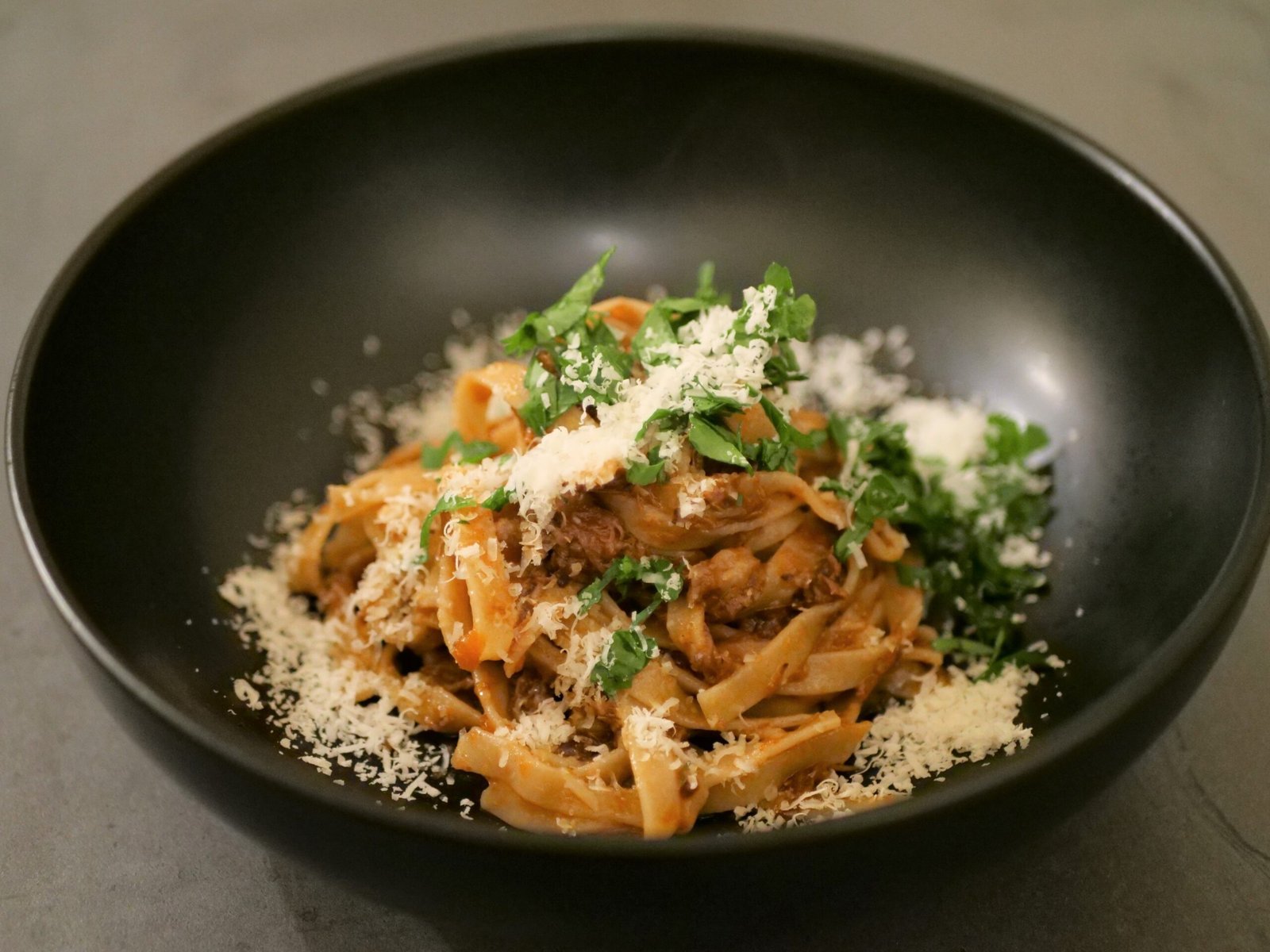

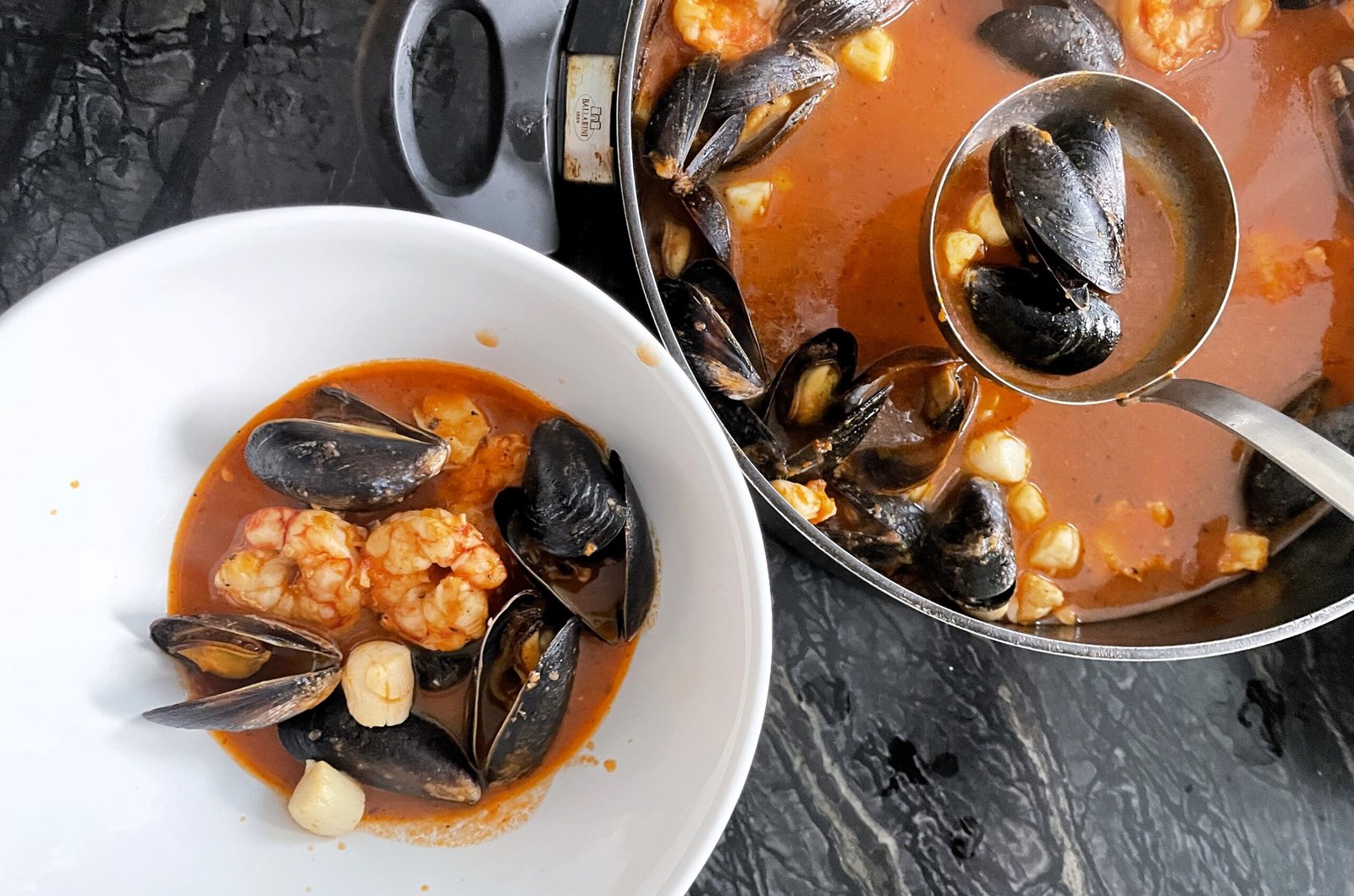
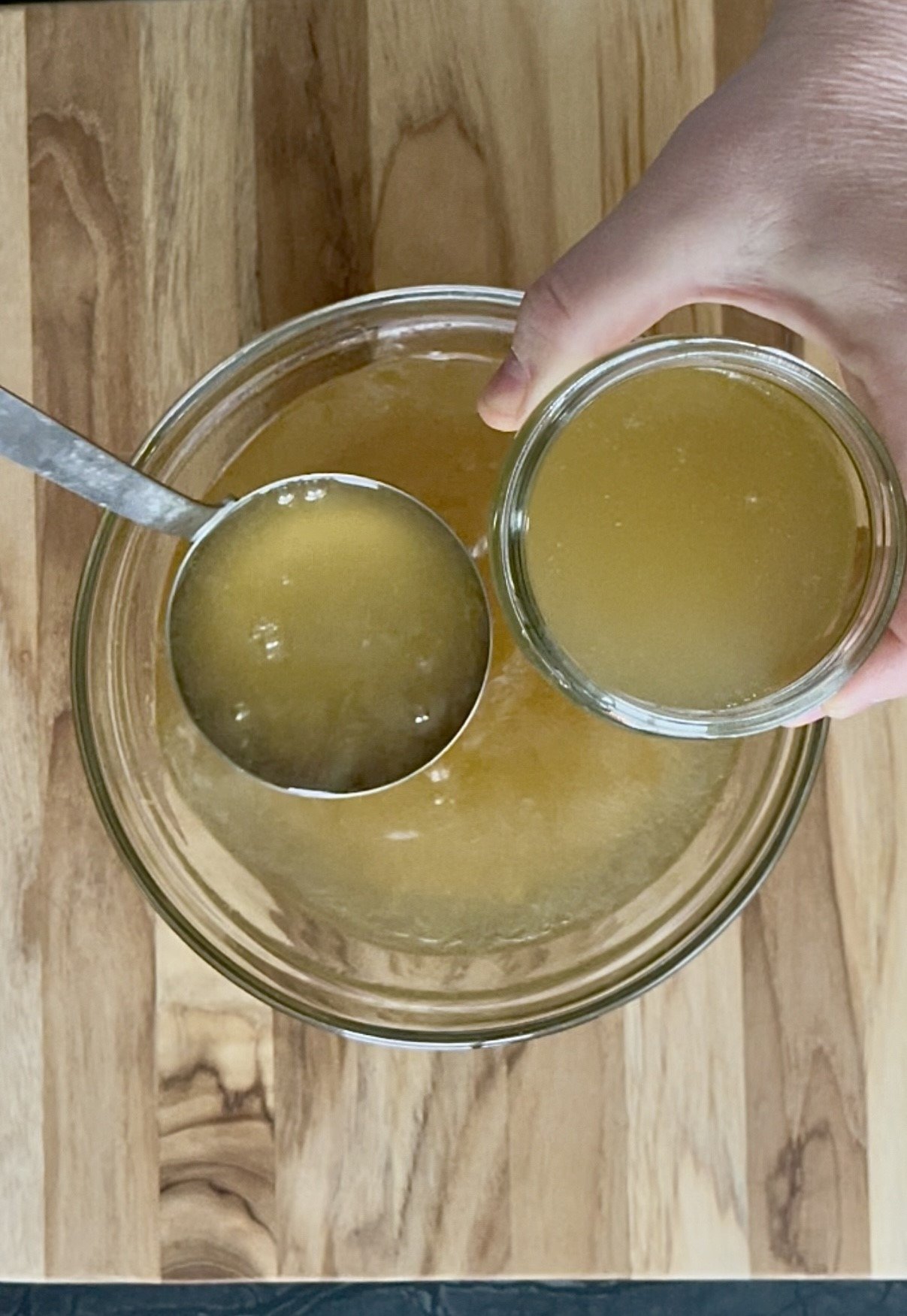


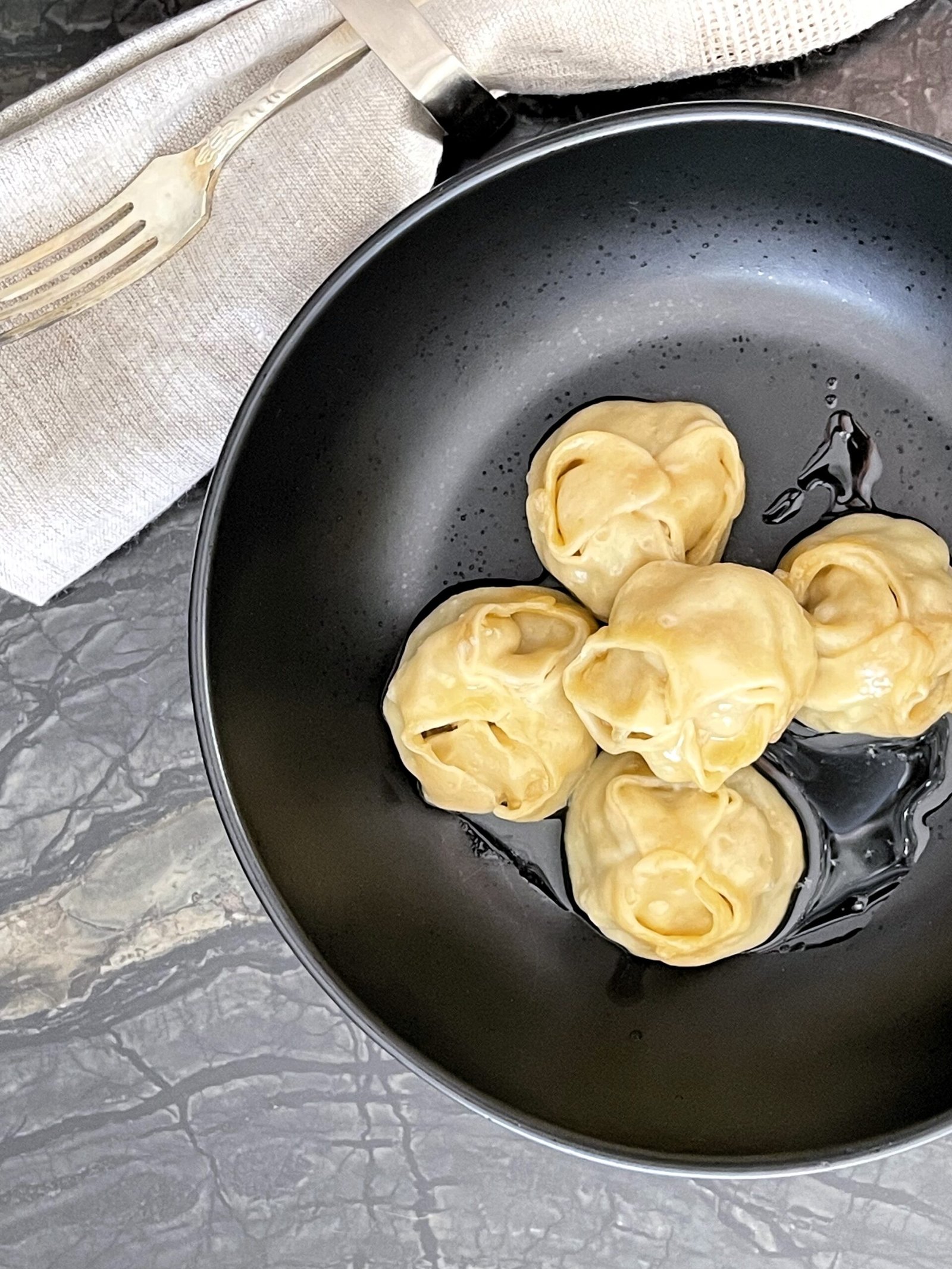
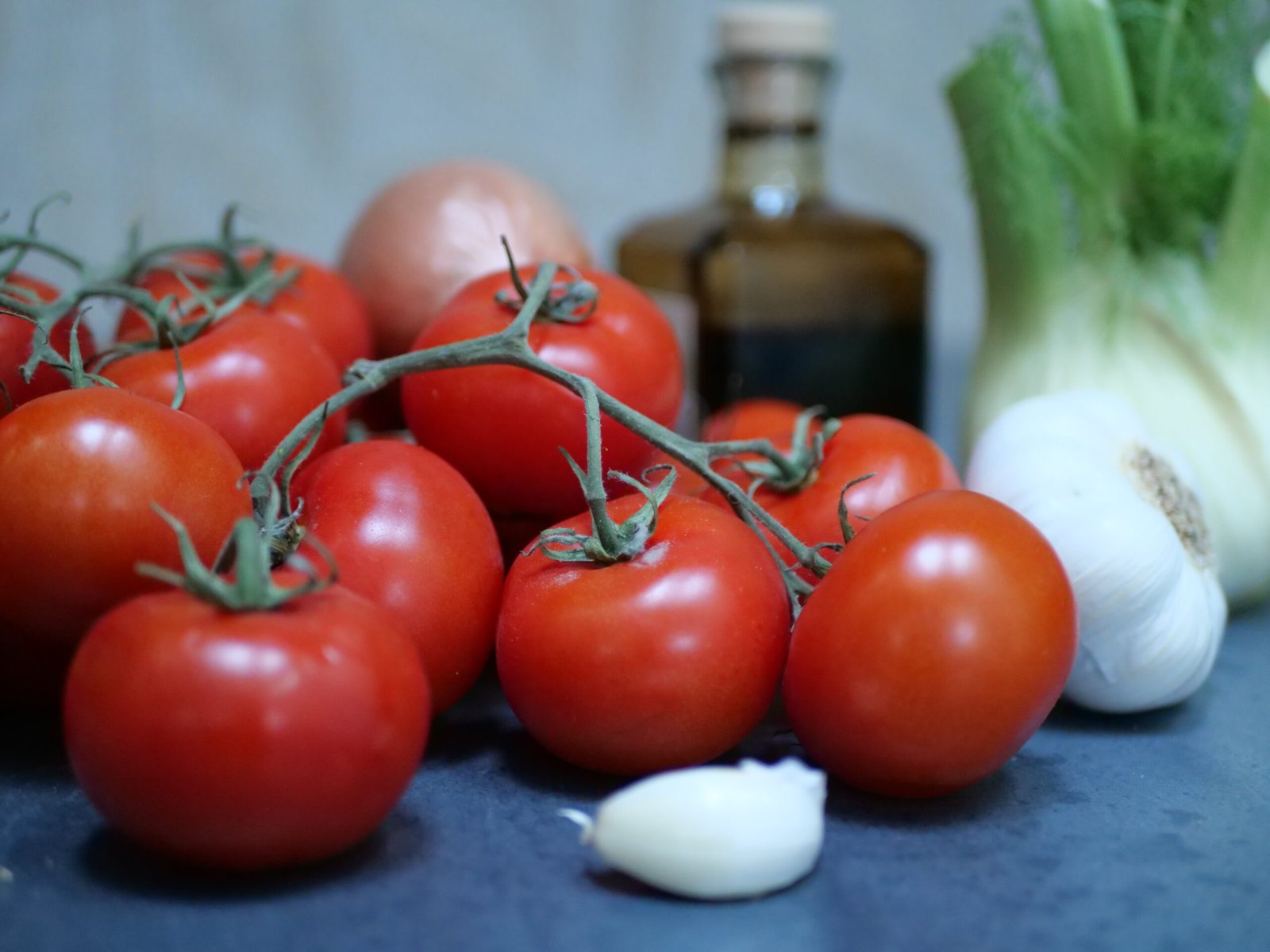


Leave a Reply